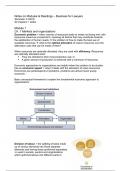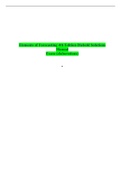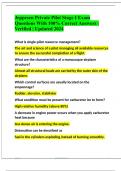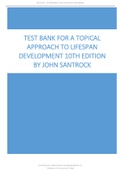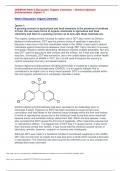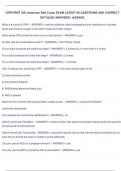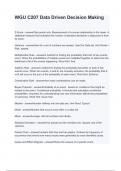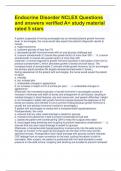Summary
Complete Summary Business for Lawyers - Notes on all Chapters/Readings + Lectures + Tutorials
- Module
- Institution
- Book
This summary contains notes on all the readings (including web chapters 14-16 and normal chapters 1-13 (except for ch. 12 since this isn't included in the materials) + the 'Theory of the Firm' article), lectures and tutorials! It is an extensive/elaborate document since it includes all relevant ex...
[Show more]
